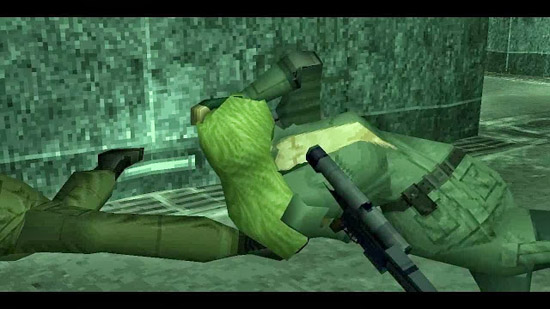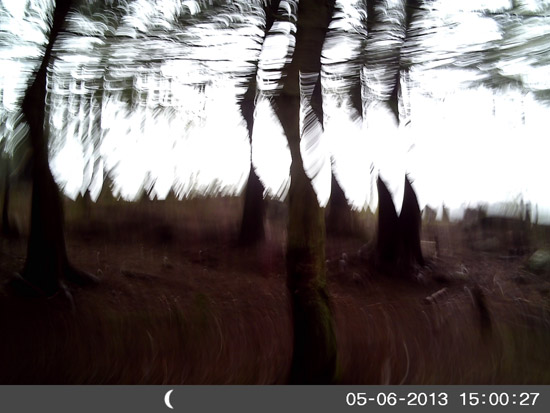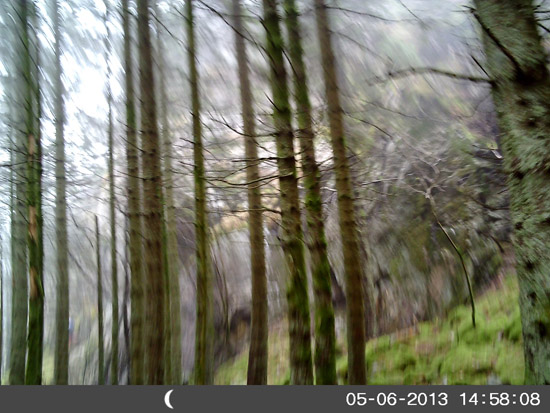The Role of Error in the Creative Process
These slides are visual marks from the lecture that investigates unexpected or unintended elements that might arise during the creative process. By accepting, adapting and inviting unforeseen events (that might be preconsidered failure or errors from a systematic point of view) into the flow one can extend the preplanned boundaries of a given work, be it artwork, a general interface or any other life situation. It may be difficult or impossible to ascertain whether a situation meets criteria for failure or success due to ambiguous or ill-defined definition of those criteria.
Finding useful and effective criteria, or heuristics, to judge the success or failure of a situation may itself be a significant task. But it is not the goal of the lecture to identify and categorize these non-deterministic causalities in a system. It is more about how failure can lead to beautiful, non standard, conscious, poetic pieces of works through improvisation and open investigation.
Inspirations
We had several interesting discussions during and after the lecture. Finding and investigating the role of error in different situations and works are very effective ways for dealing with creative processes. There were several art pieces that we came up with, including some sound pieces from the Leonardo Music Journal CD series volume 13 (curated by Philip Sherburne), Jeremiah Johnson's Babel project, Weird Faces by Matthias Dörfelt or the paintings of Christoph Zetterstrand. But, of course the terms "interface" and "glitch" are far more general than just fitting within the boundaries of art, so different tools and methodologies are also arised. The Vine Sauce project is an interesting software for modding and hacking old game consoles, thus the existing gameplay becomes corrupted, opening the possibilities of poetic narratives along visual and behavioral (algorithmic) twists of the original gameworld, such as on this PS game still where the game engine is corrupted by the software:

Another interesting tool that we had discussed is a sort of "Wild Camera" that is mainly used for observing animals in the wildeness. It is taking automated photos within different timeframes, has a built in perspective correction along commercial lenses and some cheap components. One of the workshop participants, Peter Dean is using these machines for creating unexpected, randomly taken photographs during his walks in the forests and other explorative spaces. The absence of control, which is naturally a combination of random factors (route of the walk, time of the automated photos taken, angle of lenses, weather, etc) results in truly interesting and imaginative series of pictures that can be seen below:


